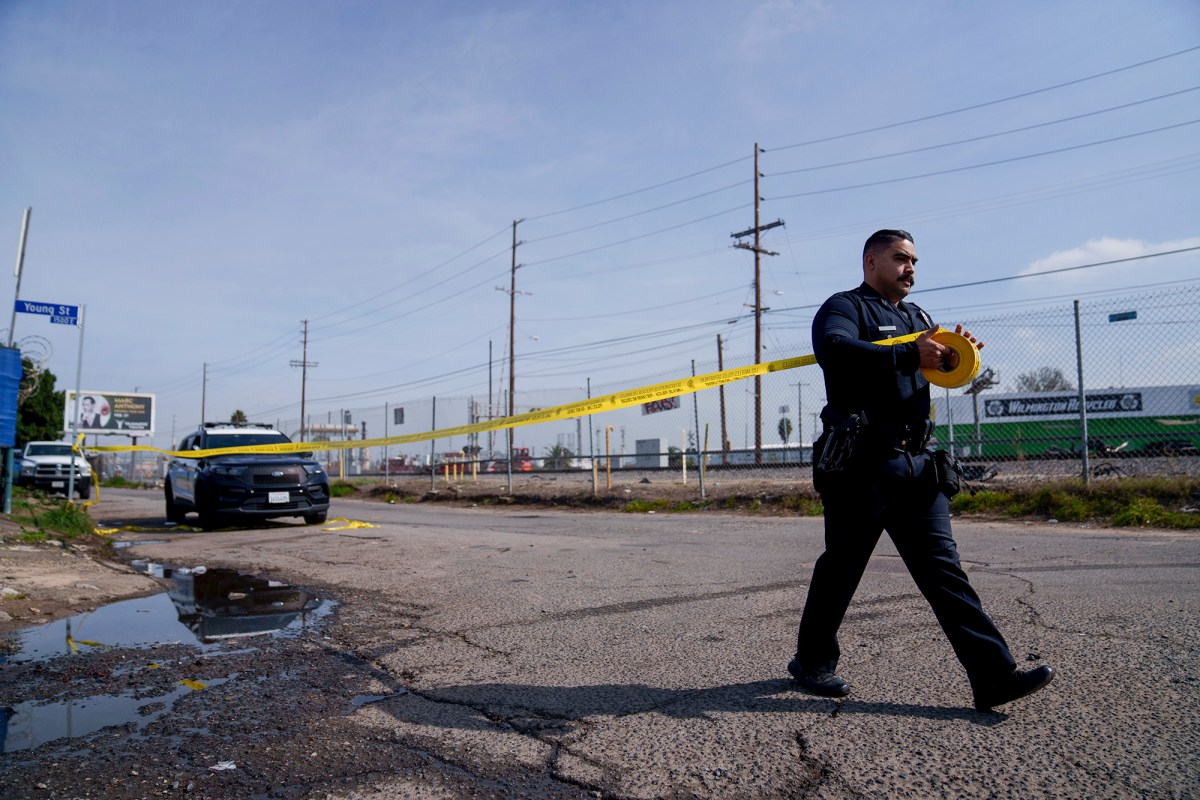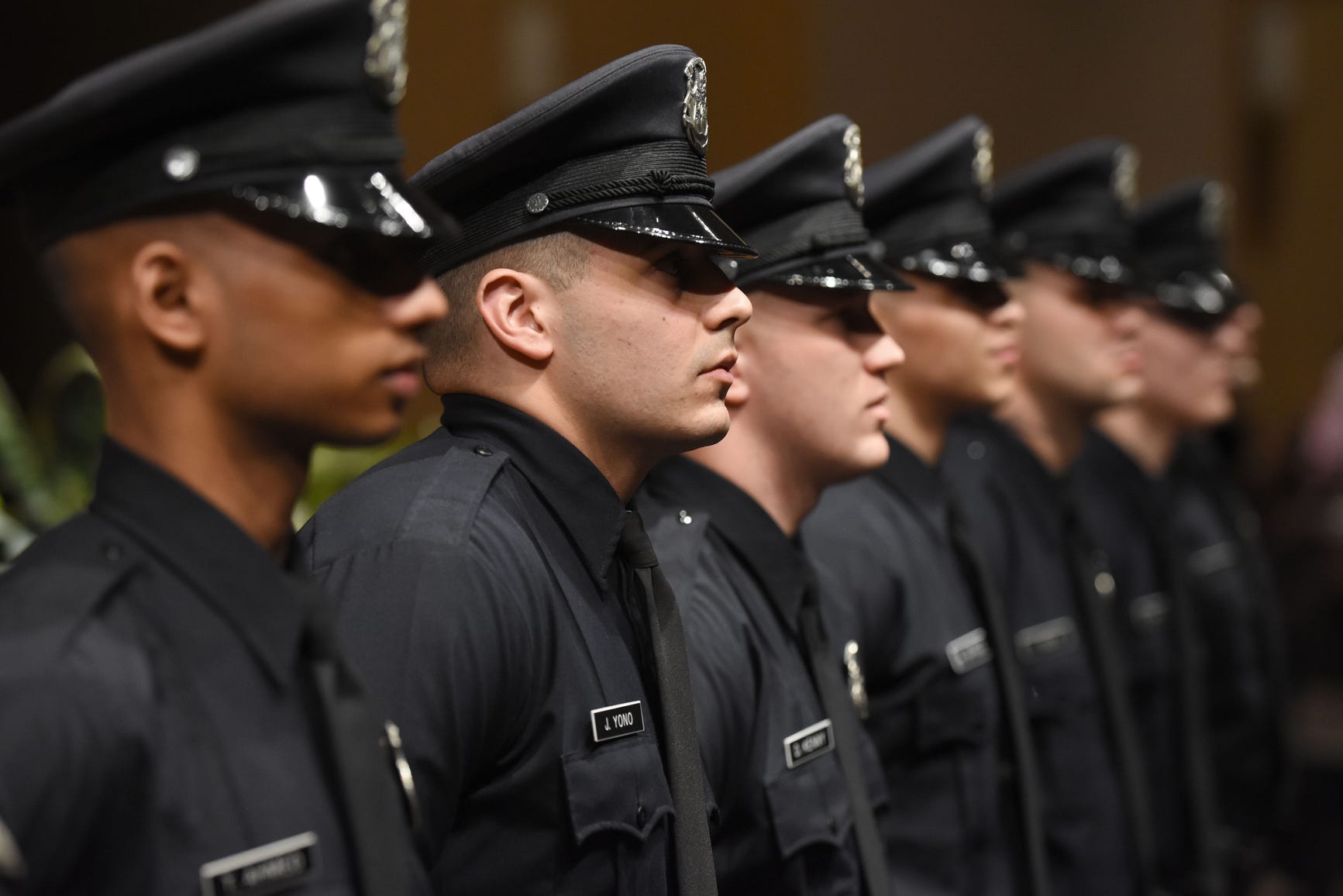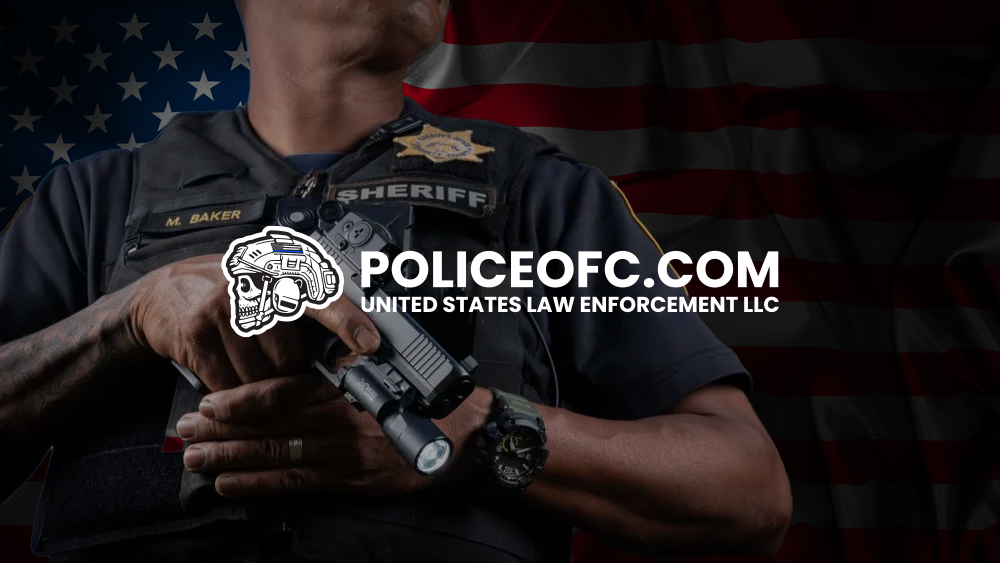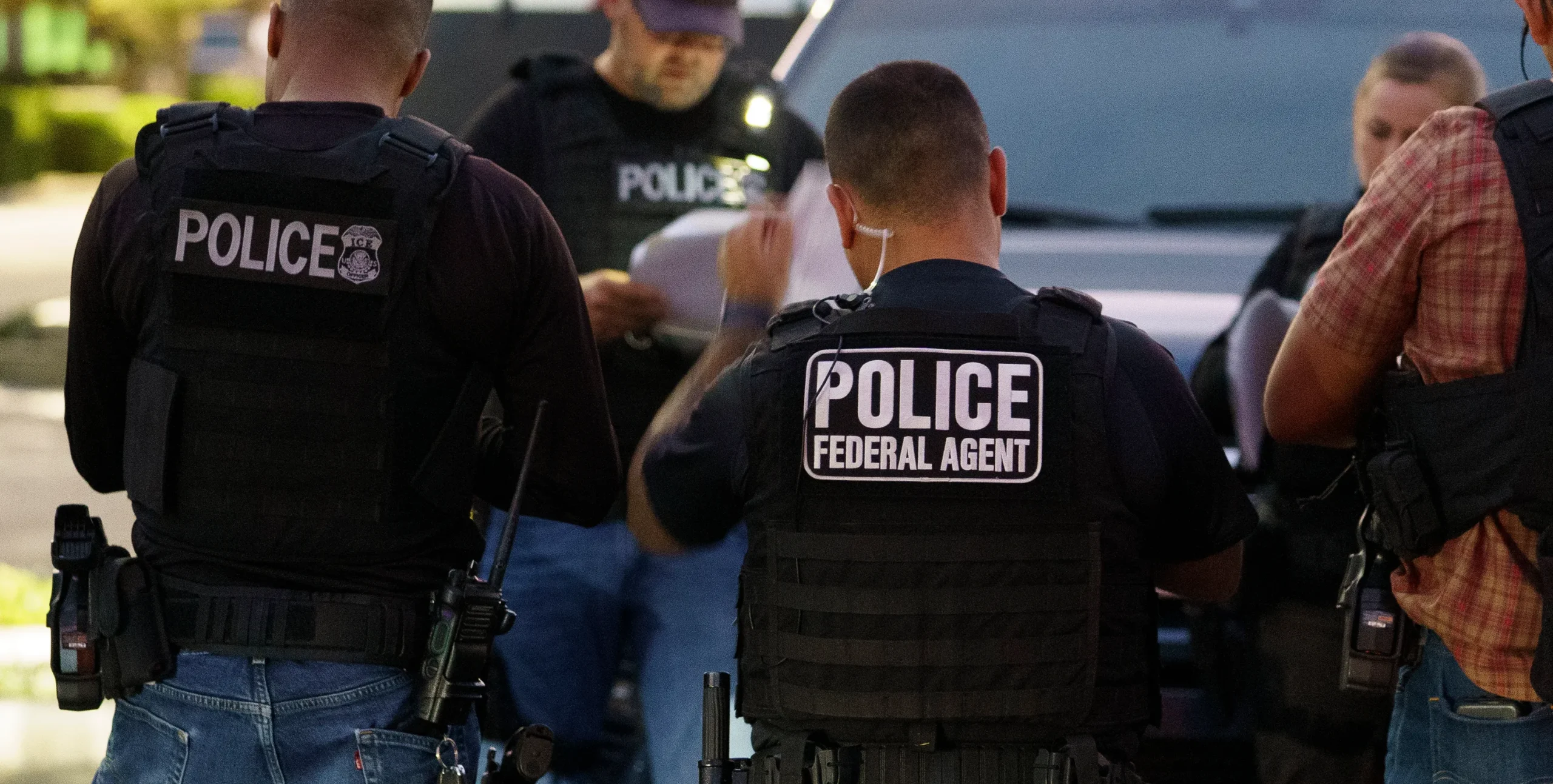In recent years, the push to decriminalize certain narcotics has gained momentum across the United States, from Oregon’s Ballot Measure 110 to federal discussions on reclassifying marijuana. Proponents argue that decriminalization reduces incarceration rates, addresses racial disparities, and shifts focus to public health. But as local and state lawmakers celebrate these changes, a critical question remains: Are we setting law enforcement up to fail in the process? The reality is that decriminalizing drugs without significantly bolstering law enforcement resources risks plunging communities into chaos, not progress.


The Decriminalization Trend: A Double-Edged Sword
Let’s be clear: the intentions behind decriminalization are often noble. The war on drugs, now over half a century old, has cost taxpayers billions—$51 billion annually in the U.S. alone, according to some estimates (drugpolicy.org)—and has disproportionately impacted Black, Indigenous, and low-income communities.
Decriminalization aims to redirect users to treatment rather than prison, a shift supported by evidence from places like Portugal, where drug use rates have remained stable while harms like overdoses have decreased (drugpolicy.org). But here’s the catch: these changes don’t happen in a vacuum. They require a seismic shift in how law enforcement operates, and without the right tools, officers are left scrambling.

Recent trends, as noted by Columbia Southern University, show that decriminalization efforts are forcing law enforcement to pivot. Instead of arrests, officers are now tasked with directing users to treatment and community resources. This new approach demands updated training, new enforcement procedures, and tools to interact with drug users in ways that align with harm mitigation goals. But are we giving law enforcement the resources to make this transition? The answer, in many cases, is no.


The Resource Gap: A Recipe for Chaos
.Decriminalization doesn’t eliminate the need for law enforcement—it transforms it. Officers still respond to overdose calls, drug-related crimes, and public safety concerns tied to substance use. In fact, the Pew Charitable Trusts found that drug possession arrests remained steady at over a million annually from 2009 to 2019, even as incarceration rates dropped (pewtrusts.org). This suggests that law enforcement’s role in drug-related issues isn’t shrinking; it’s evolving. And evolution requires investment.

Consider the challenges: Officers need training to recognize signs of addiction versus criminal intent, to de-escalate situations involving substance use, and to connect individuals with appropriate services. They need access to real-time data on treatment availability, which is often lacking. And they need support to handle the ripple effects of decriminalization, like potential increases in public drug use or black-market activity, which some critics argue persist even under relaxed laws (ojp.gov). Without these resources, law enforcement is left in a no-win situation: criticized for over-policing when they enforce remaining laws, and blamed for under-policing when communities feel unsafe.

The Public Safety Paradox
Let’s address the elephant in the room: decriminalization doesn’t erase the public safety concerns tied to drug use. Overdose deaths hit a record 108,000 in 2021 (drugpolicy.org), and while decriminalization aims to reduce harm, it doesn’t eliminate the risks of addiction, impaired driving, or drug-related violence. Law enforcement remains the first line of defense in these scenarios, yet we’re asking officers to do more with less. This is a recipe for chaos, not safety.
Take Oregon, for example. Measure 110 decriminalized small amounts of all drugs and redirected marijuana tax revenue to addiction services. While it expanded treatment access—substance use disorder treatment increased by 143% (drugpolicy.org)—it also faced backlash. Some communities reported increased public drug use and felt law enforcement was powerless to act. Oregon lawmakers later recriminalized drug possession in 2024, citing a “disinformation campaign” but also acknowledging implementation challenges (drugpolicy.org). This flip-flop highlights a critical truth: decriminalization without robust law enforcement support creates gaps that communities—and officers—struggle to fill.


The Case for More Resources, Not Fewer
If we want decriminalization to succeed, we must invest in law enforcement, not defund it. This isn’t about returning to the punitive war on drugs; it’s about recognizing that officers play a vital role in harm mitigation. Here’s what that investment could look like:
- Enhanced Training: Officers need comprehensive training on addiction, mental health, and harm reduction strategies. This equips them to navigate the gray areas of decriminalization, like distinguishing between personal use and distribution.
- Better Tools: Real-time access to treatment databases, naloxone (an overdose reversal drug), and drug-checking services like fentanyl test strips can save lives. Yet access to these tools varies by state, and some remain illegal (drugpolicy.org). Law enforcement needs consistent, legal access to these resources.
- Community Partnerships: Law enforcement should be part of broader public health strategies, not sidelined. This means funding partnerships with treatment providers, social workers, and community leaders to create a cohesive response to drug use.
- Public Education: Officers can help educate communities about decriminalization, clarifying what it means (and doesn’t mean) for public safety. This can reduce fear and misinformation, fostering trust.
Critics might argue that investing in law enforcement undermines the goal of decriminalization. But this is a false dichotomy. Law enforcement and public health aren’t mutually exclusive—they’re interdependent. Without officers equipped to handle the fallout of policy shifts, decriminalization risks becoming a hollow promise, leaving communities vulnerable and officers unsupported.

A Call to Action
Decriminalization is a bold experiment, but it’s not a silver bullet. If we want to reduce harm, we must acknowledge that law enforcement remains essential—not as punishers, but as partners in public safety. It’s time to stop pitting decriminalization against policing and start investing in both. More resources for law enforcement mean better training, better tools, and better outcomes for everyone. Chaos isn’t inevitable, but it is likely if we continue to underfund the very officers tasked with navigating this new landscape.
Let’s critically examine the narrative: Decriminalization isn’t failing because of law enforcement; it’s struggling because we haven’t given law enforcement the support it needs to succeed. The question isn’t whether we should decriminalize—it’s whether we’re willing to do it right. And doing it right means more resources, not fewer, for the men and women in uniform who are still on the front lines, whether we like it or not.





